Investor's Corner
Tesla Fleet May Drive Autonomously from LA to NY In 2 Years
Elon Musk tweeted on Sunday that Tesla automobiles will be able to drive themselves from coast to coast, plugging themselves in along the way, in about 2 years. His prediction may be a bit fanciful, but autonomous driving is on its way and will be here sooner rather than later.
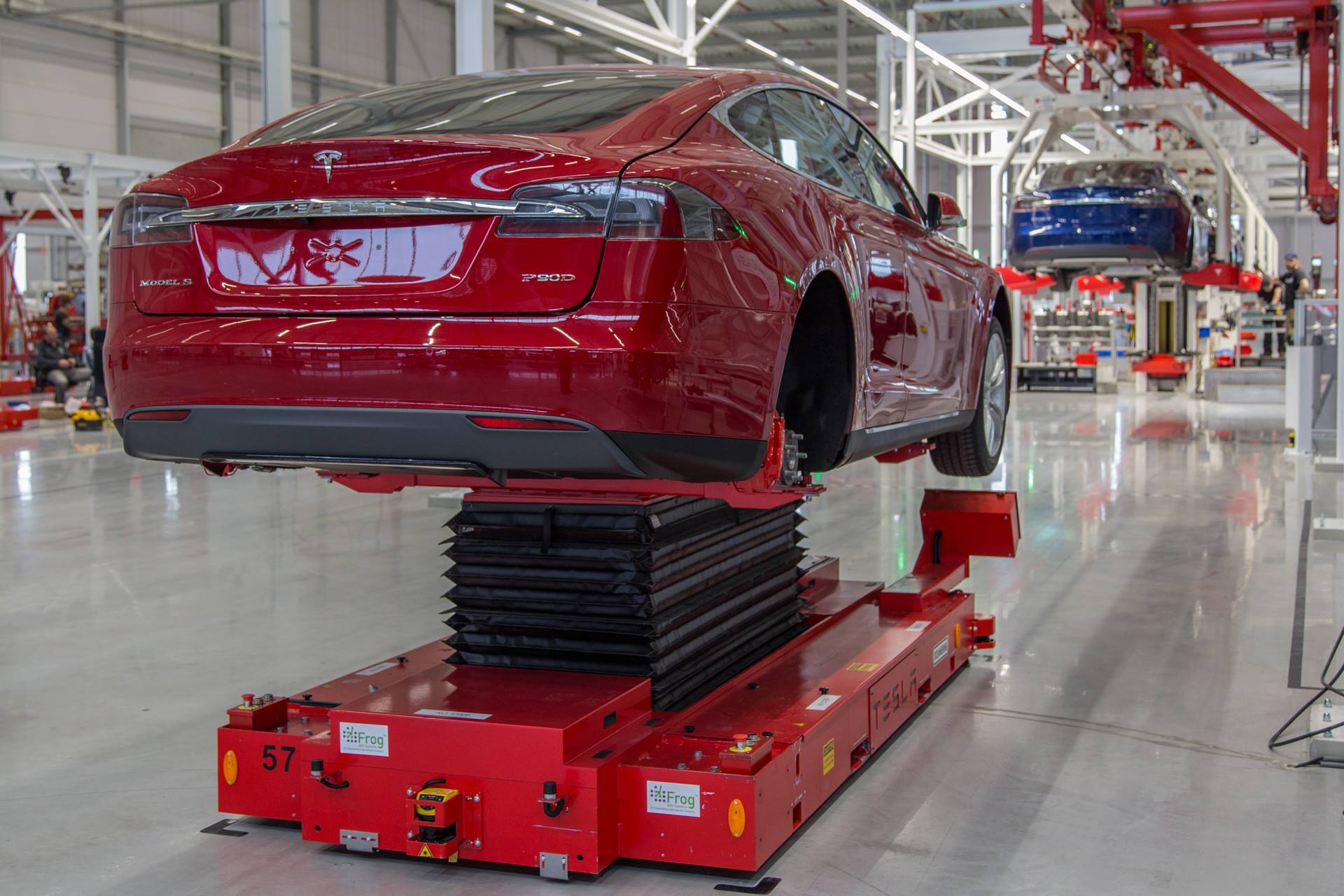
Last Friday, Tesla began downloading Version 7.1 of its Autopilot software. The updated programming allows cars equipped with Autopilot hardware to be ‘summoned’ forward or backward at about 1 mph for up to 39 feet without a human operator on board, provided a driver is standing within 10 feet of the car. This is what the company has to say about Version 7.1 on its blog:
“Using Summon, once you arrive home and exit Model S or Model X, you can prompt it to do the rest: open your garage door, enter your garage, park itself, and shut down. In the morning, you wake up, walk out the front door, and summon your car. It will open the garage door and come to greet you. More broadly, Summon also eliminates the burden of having to squeeze in and out of tight parking spots.”
On Sunday afternoon, Elon Musk followed up the announcement with a tweet suggesting that Tesla automobiles would be able to drive themselves from coast to coast in approximately two years.
In ~2 years, summon should work anywhere connected by land & not blocked by borders, eg you're in LA and the car is in NY
— Elon Musk (@elonmusk) January 10, 2016
That was later followed up by a blog entry on the company site: “Eventually, your Tesla will be able to drive anywhere across the country to meet you, charging itself along the way. It will synch with your calendar to know exactly when to arrive.”
We know that Elon has tweeted recently that Tesla is looking for the world’s best software engineers to work on autonomous driving technology. He says the program has a “super high priority” and will report directly to him.
Should mention that I will be interviewing people personally and Autopilot reports directly to me. This is a super high priority.
— Elon Musk (@elonmusk) November 20, 2015
Musk admits that his expectations may be “mildly optimistic”, since we presume that there are logistical and legal considerations that need to be addressed before fleets of Teslas start driving about the country on their own. First, federal and state regulators may not be willing to move as fast as the redoubtable Mr. Musk may prefer. Second, the hardware needed to make such long distance autonomous driving possible may be substantially different from what’s baked in to every car produced since October 2014. It seems unlikely the new sensor package can be retrofitted to existing cars, just as the current hardware can not be added to cars built before then.
Elon always says the best time to buy a Tesla is now, because the company never stops improving its cars and if people wait for the new, new thing, they will miss out on the Tesla experience. Now, potential customers will have to decide whether to buy now or wait for the new autonomous features to go into production.
That’s a delicious choice to have. Either way, the buyer gets a great car that’s regarded as years ahead of anything else on the road.

Investor's Corner
Elon Musk praises Ray Dalio’s Bridgewater for accumulating TSLA stock
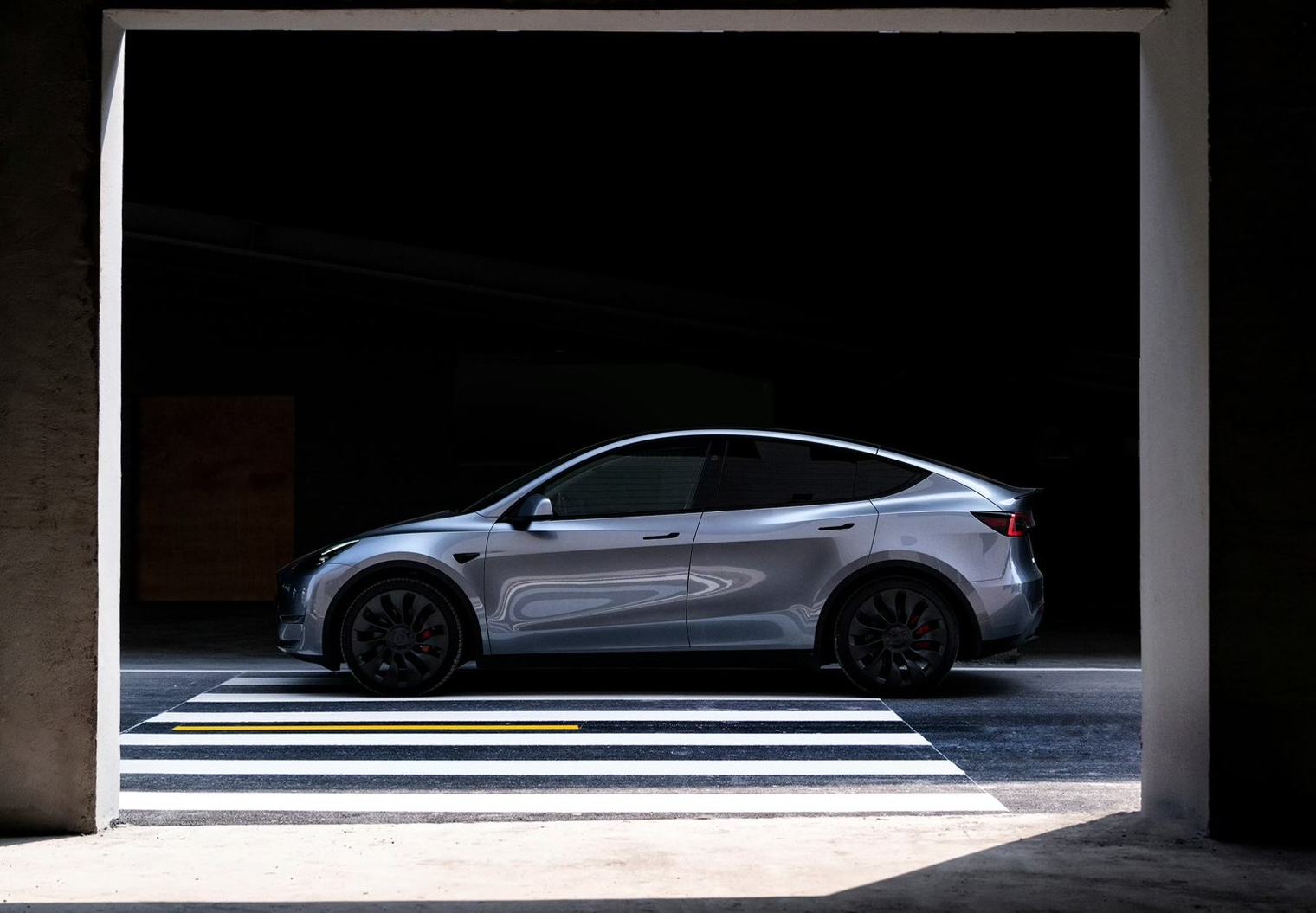
A recent 13-F filing from legendary investor and billionaire Ray Dalio’s Bridgewater Associates has revealed that the hedge fund has added over $62 million worth of Tesla stock (NASDAQ:TSLA) to its portfolio.
Elon Musk has praised the billionaire’s investment in a post on X.
Bridgewater’s TSLA stake:
- As per Bridgewater’s 13-F filing, it currently holds 153,589 shares of TSLA, which costs $62,025,382.
- The firm added the TSLA shares in the fourth quarter.
- Tesla shares gained momentum after its Q3 2024 earnings call, and it only gained more strength after the election of U.S. President Donald Trump.
- At the end of 2024, Tesla shares were up 62%, as noted in a MarketWatch report.
- Tesla stock is still up 88% over 12 months despite a steep drop over the past month.
Smart move
— Elon Musk (@elonmusk) February 14, 2025
A vote of confidence:
- Bridgewater Associates is one of the largest hedge funds in the world, so the firm’s stake in TSLA could be interpreted as a vote of confidence in the electric vehicle maker.
- Elon Musk has praised the firm’s investment. In a post on X, Musk noted that Bridgewater’s investment was a “smart move.”
- Elon Musk has been quite consistent on his idea that Tesla could eventually become the world’s most valuable company. He emphasized this point during the Q4 2024 earnings call.
- “I see a path. I’m not saying it’s an easy path but I see a path of Tesla being the most valuable company in the world by far. Not even close. There is a path where Tesla is worth more than the next top five companies combined,” Musk said.
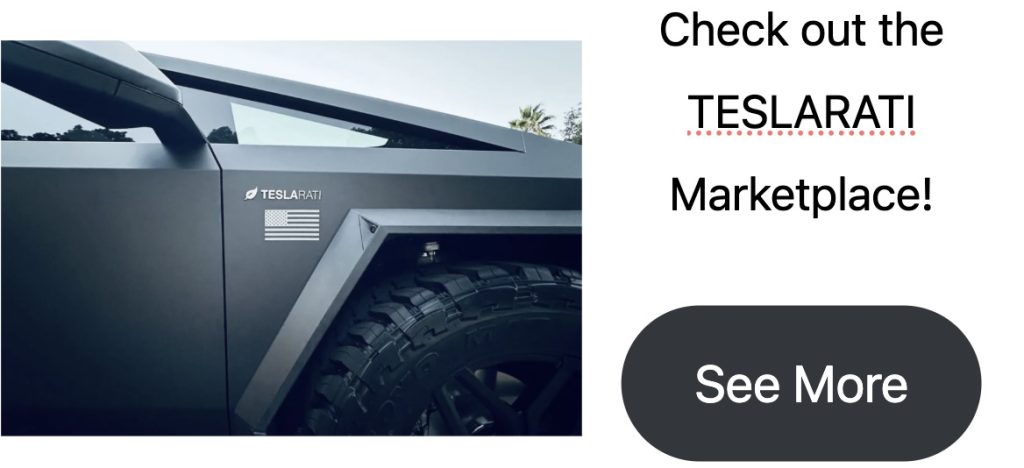
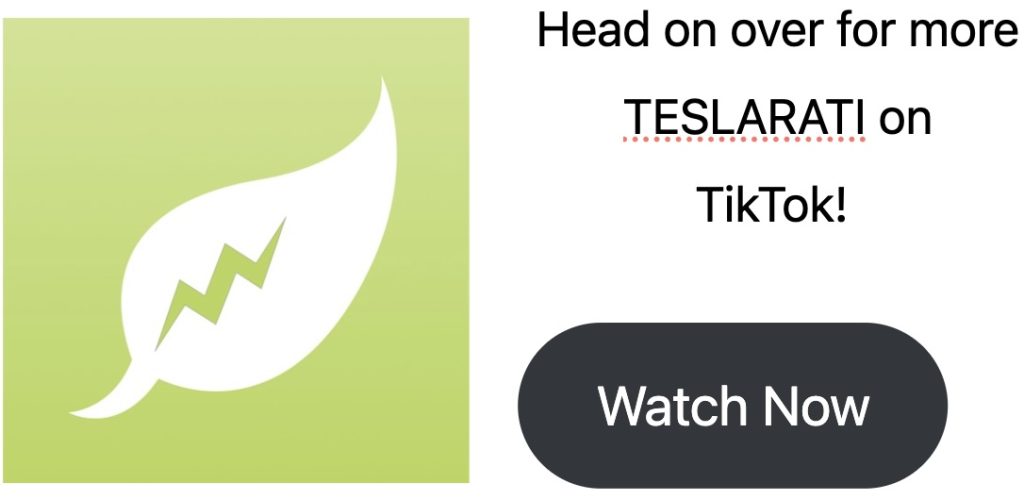
Don’t hesitate to contact us with news tips. Just send a message to simon@teslarati.com to give us a heads up.
Investor's Corner
Tesla (TSLA) gets $475 price target and “Buy” rating from Benchmark
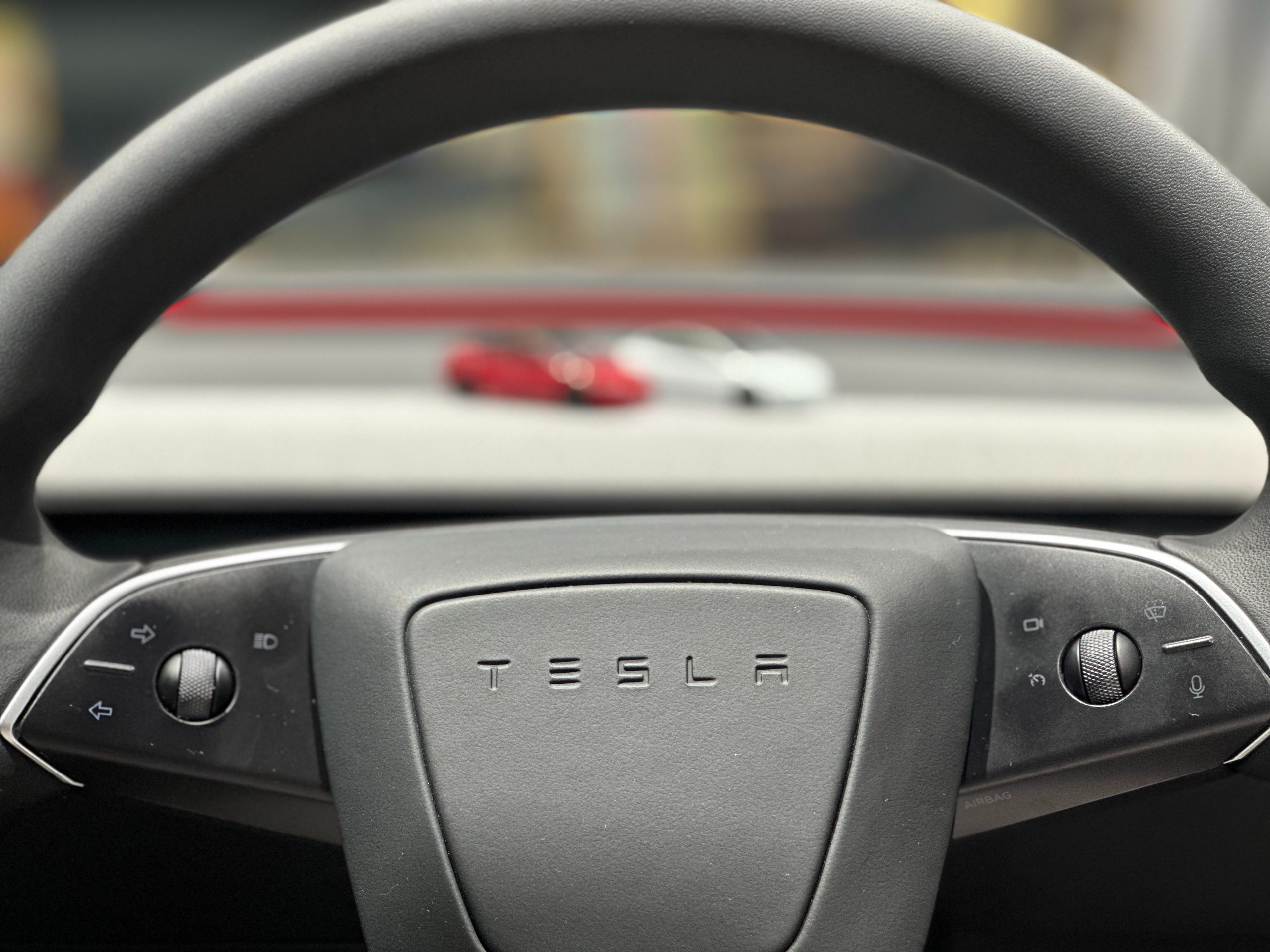
Tesla shares (NASDAQ:TSLA) have received a “Buy” rating and a $475 per share price target from Benchmark.
Benchmark’s price target is based on 68.2 times its 2028 earnings before interest, taxes, depreciation, and amortization (EBITDA), as noted in a Morningstar report.
Tesla rating:
- In a note to clients, Benchmark analyst Mickey Legg noted that Tesla has outlined a path towards more growth through several of its initiatives.
- These include Tesla’s work in autonomous driving systems, robotics, and energy generation.
- The company could also make more headway into the electric vehicle segment.
- “The company has outlined a path for growth with a more affordable vehicle scheduled for 1H25, unsupervised full self-driving as a paid service this June in Austin, TX, and Optimus robot production ramp through 2026 and beyond,” the analyst stated.
$TSLA +1.8% pre-mkt as Benchmark initiates TSLA with a Buy rating and $475 price target. pic.twitter.com/KT6BTTW5kJ
— Gary Black (@garyblack00) February 12, 2025
More potential:
- While he sees potential in Tesla, the Benchmark analyst noted that his current model only incorporates vehicle growth.
- Thus, there could be “significant potential upside” if the company’s autonomous vehicle program and Optimus are scaled.
- “Tesla’s market leadership, near-term catalysts, strong management, and diversified business justify the stock’s market premium,” Legg noted.


Don’t hesitate to contact us with news tips. Just send a message to simon@teslarati.com to give us a heads up.
Investor's Corner
Tesla is ‘better-positioned’ as a company and as a stock as tariff situation escalates
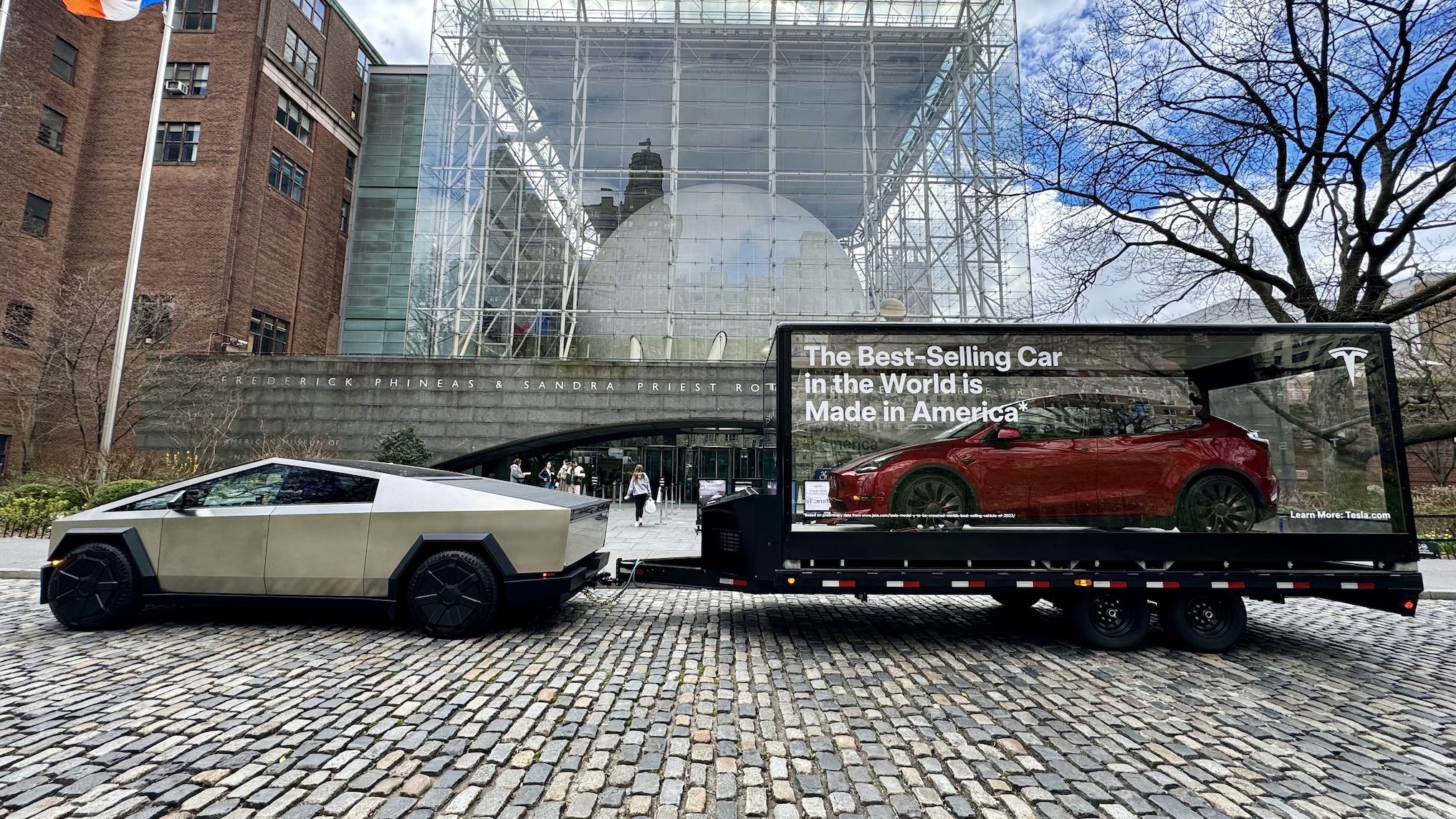
Tesla is “better-positioned” as a company and as a stock as the tariff situation between the United States, Mexico, and Canada continues to escalate as President Donald Trump announced sanctions against those countries.
Analysts at Piper Sandler are unconcerned regarding Tesla’s position as a high-level stock holding as the tariff drama continues to unfold. This is mostly due to its reputation as a vehicle manufacturer in the domestic market, especially as it holds a distinct advantage of having some of the most American-made vehicles in the country.
Analysts at the firm, led by Alexander Potter, said Tesla is “one of the most defensive stocks” in the automotive sector as the tariff situation continues.
The defensive play comes from the nature of the stock, which should not be too impacted from a U.S. standpoint because of its focus on building vehicles and sourcing parts from manufacturers and companies based in the United States. Tesla has held the distinct title of having several of the most American-made cars, based on annual studies from Cars.com.
Its most recent study, released in June 2024, showed that the Model Y, Model S, and Model X are three of the top ten vehicles with the most U.S.-based manufacturing.
Tesla captures three spots in Cars.com’s American-Made Index, only U.S. manufacturer in list
The year prior, Tesla swept the top four spots of the study.
Piper Sandler analysts highlighted this point in a new note on Monday morning amidst increasing tension between the U.S. and Canada, as Mexico has already started to work with the Trump Administration on a solution:
“Tesla assembles five vehicles in the U.S., and all five rank among the most American-made cars.”
However, with that being said, there is certainly the potential for things to get tougher. The analysts believe that Tesla, while potentially impacted, will be in a better position than most companies because of their domestic position:
“If nothing changes in the next few days, tariffs will almost certainly deal a crippling blow to automotive supply chains in North America. [There is a possibility that] Trump capitulates in some way (perhaps he’ll delay implementation, in an effort to save face).”
There is no evidence that Tesla will be completely bulletproof when it comes to these potential impacts. However, it is definitely better insulated than other companies.
Need accessories for your Tesla? Check out the Teslarati Marketplace:
- https://shop.teslarati.com/collections/tesla-cybertruck-accessories
- https://shop.teslarati.com/collections/tesla-model-y-accessories
- https://shop.teslarati.com/collections/tesla-model-3-accessories
Please email me with questions and comments at joey@teslarati.com. I’d love to chat! You can also reach me on Twitter @KlenderJoey, or if you have news tips, you can email us at tips@teslarati.com.
-
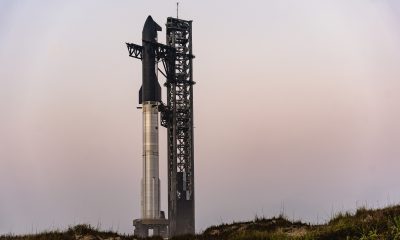
 News4 days ago
News4 days agoSpaceX announces Starship Flight 8’s new target date
-
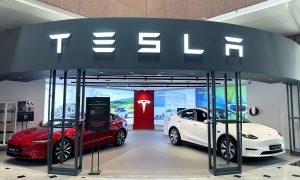
 News2 days ago
News2 days agoTesla at risk of 95% crash, claims billionaire hedge fund manager
-
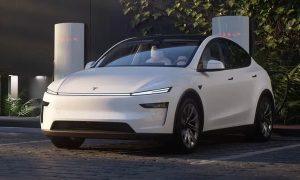
 News2 days ago
News2 days agoTesla contract with Baltimore paused after city ‘decided to go in a different direction’
-

 News5 days ago
News5 days agoTesla launches fresh U.S. promotions for the Model 3
-
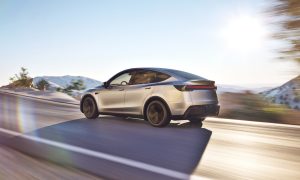
 Elon Musk6 days ago
Elon Musk6 days agoTesla mulls adding a new feature to fight off vandals as anti-Musk protests increase
-
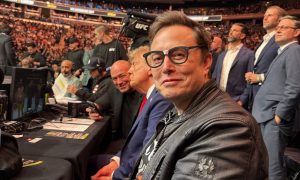
 Elon Musk3 days ago
Elon Musk3 days agoTesla UK sales up over 20% despite Elon Musk backlash
-
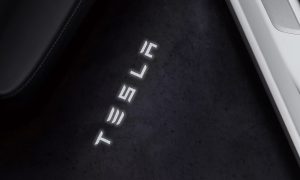
 News4 days ago
News4 days agoOne dozen Teslas burn in arson attack in France, investigation underway
-
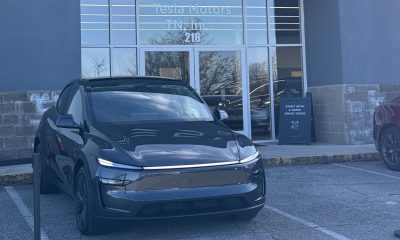
 News6 days ago
News6 days agoTesla starts Model Y ‘Launch Edition’ deliveries in the U.S.




